Special Report
Forget Restaurants: Here’s How the Coronavirus Is Changing Bars

Published:

The coronavirus pandemic has hit the hospitality industry hard. Starting as early as mid-March, bars and restaurants across the nation were shut down by executive order — closed to indoor dining and allowed to serve food (and sometimes alcohol) only for pickup or delivery. Many establishments found it impractical to do so, and many iconic eating places have gone out of business entirely — these are 50 popular restaurants that won’t reopen after the pandemic.
As for bars and lounges, there have been fewer reports of permanent closures, perhaps because drinking establishments tend to have lower overhead than full-scale restaurants, or perhaps because they’re often neighborhood hangouts with only modest reputations.
However, because they are usually smaller than restaurants — a definite disadvantage in these days when social distancing shrinks the number of customers that can be accommodated — and because the whole attraction of bars usually depends on the opportunities they provide for social interaction, they may find it more difficult to rebound.
Thus far, restrictions on bars and restaurants in the vast majority of states have now been largely or partially lifted, according to a guide to state reopenings and lockdowns published by the Wall Street Journal.
Much has been written about how restaurants have met the challenges posed by the current crisis, by 24/7 Tempo and otherwise — here, for instance, is a report on 20 ways restaurants are upping their takeout game in the coronavirus era — but how are bars coping? More importantly, how will the effects of the pandemic change the bar-going experience?
Forget restaurants. Here’s how bars will be different after the coronavirus.
24/7 Tempo has assembled a list of 14 ways bars are going to change, or have already in some cases. Some of these changes might be temporary, fading away once COVID-19 is no longer a threat, but others might endure for as long as people like going out to drink.

1. They won’t be as crowded
For the foreseeable future, social distancing requirements and room occupancy limits will mean significantly smaller crowds in bars. In addition, there are indications that people may not be anxious to flock to their neighborhood watering holes quite yet anyway. A Nielsen CGA survey of 1,600 consumers in four states found that over the second weekend in May, after bars and restaurants had begun to reopen, only 10% of those questioned had gone out for a drink.
[in-text-ad]

2. The clientele might be younger
According to an article in The Spirits Business, citing the findings of an On Premise Impact Report by Nielsen CGA, “Younger consumers were more likely to return to bars sooner than older demographics.” Some bar owners are asking themselves whether older customers will feel safe enough to visit their establishments even as coronavirus infection rates go down. The answer remains to be seen.

3. It’ll take longer to get a drink
Because there will be fewer patrons, bars won’t need as many bartenders, servers, or barbacks (the bar equivalent of bussers). In addition, the CDC recommends that employers rotate or stagger shifts to limit the number of staff working at any one time. It’s a truism in the hospitality business that the emptier an establishment, the slower the service (partly because those on duty might have to multitask), so even though there are fewer customers to serve, it will probably take longer to get a drink. A corollary is that the bartender will likely have less time for conversation. (It’s even possible that the bartender won’t be able to talk at all: A bar in Pamplona, Spain, is now using a robot to take orders and serve drinks.)

4. There’ll be new hours
As the bar and nightlife travel site PubClub puts it, “There is no way bars are going to be open like before.” Many will have limited hours, either due to local or state ordinances or simply because, with reduced income, they can’t afford to serve customers for as long. Some places, the site predicts, might only open three or four days a week.
[in-text-ad-2]

5. Bartenders will have new ‘uniforms’
The specifics will vary from state to state, city to city, and bar to bar, but for now, expect to see bartenders wearing masks and gloves.

6. There’ll be new ‘decor’
Sanitizing or hand-washing stations, no-touch thermometers, plastic dividers, and disposable cocktail lists will take their place among the sports memorabilia, old license plates, posters, and group photographs that have traditionally decorated bars and taverns.
[in-text-ad]
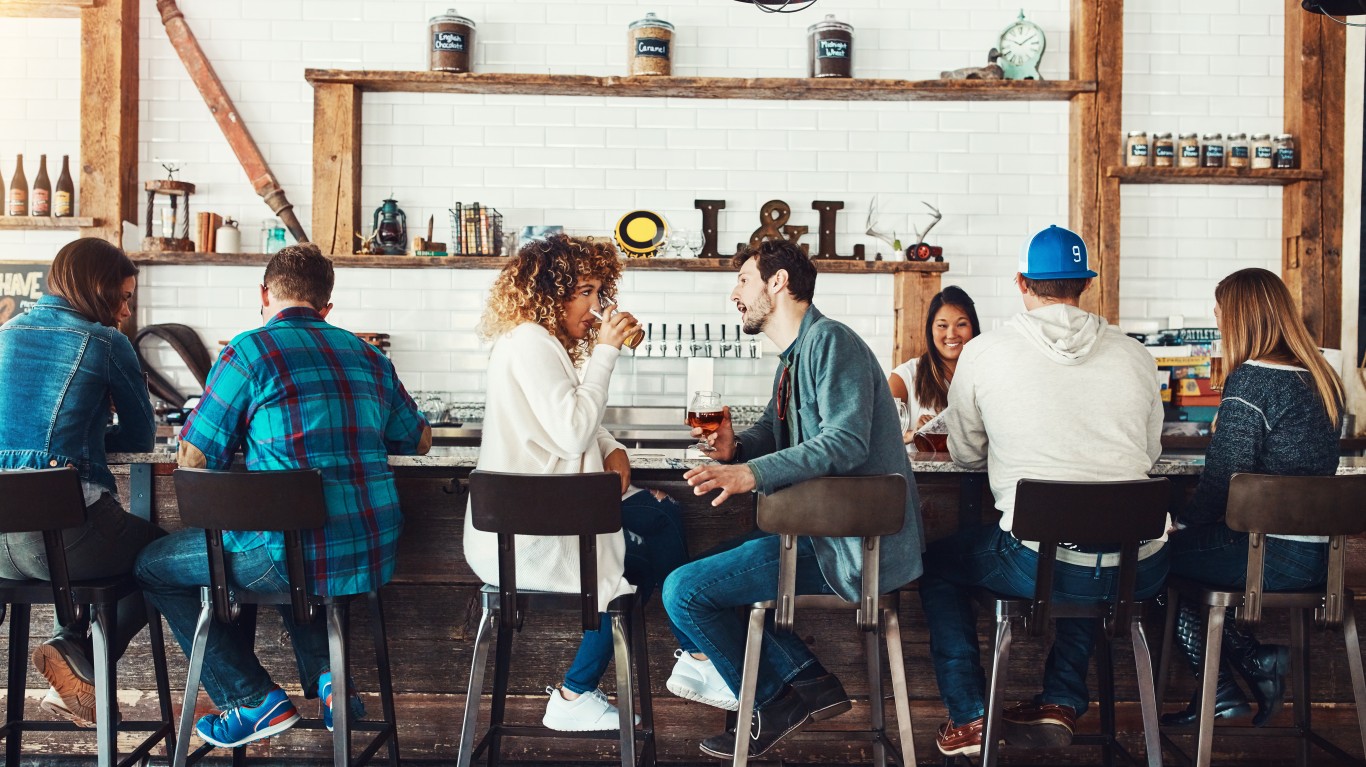
7. You probably won’t be able to sit at the bar
As long as social distancing protocols are in effect, very few drinking spots will be able to accomodate more than one or two patrons at the actual bar; the bars just aren’t long enough. That means table service only, with some bars even allowing (or requiring) patrons to make reservations.
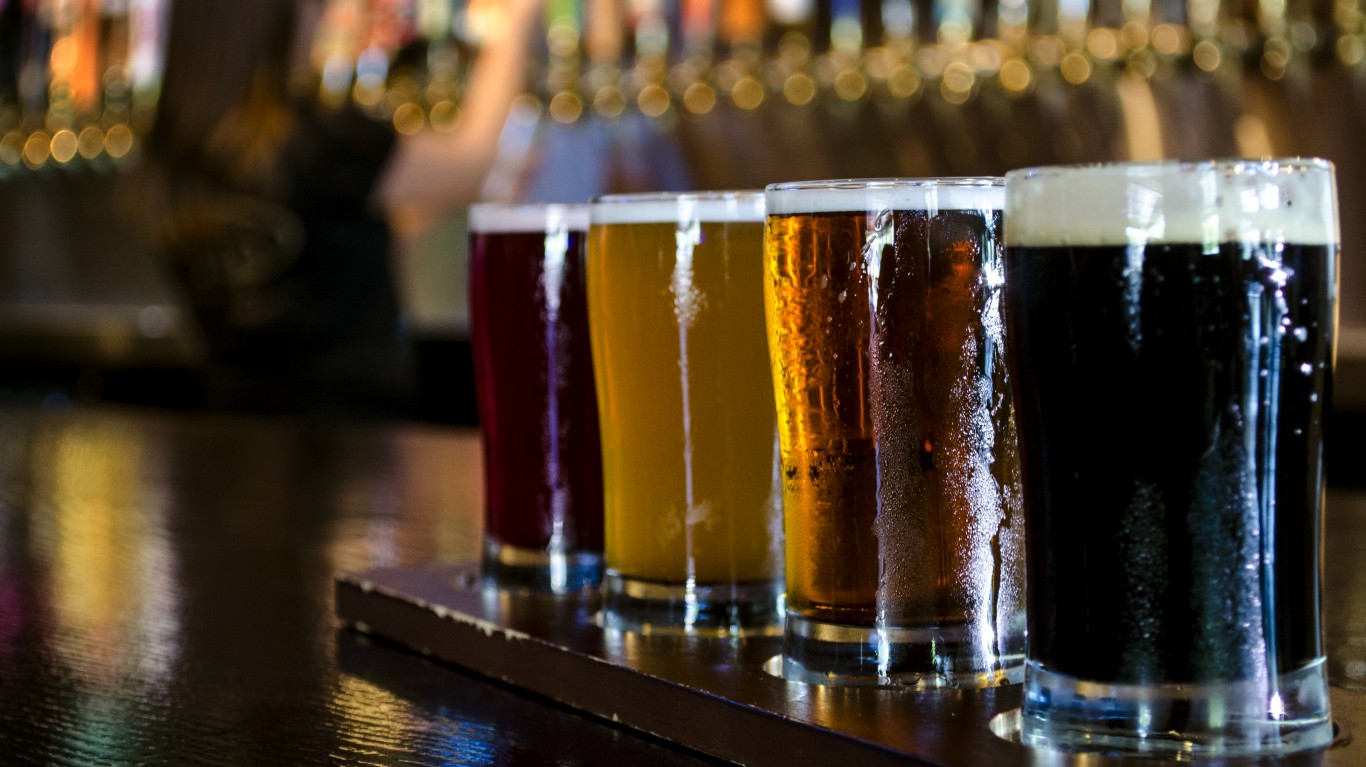
8. There’ll be fewer craft beers to drink
According to the food industry news site Food Dive, “[F]ew businesses are feeling [the pandemic’s] impact more than craft beer.” The Brewers Association estimates that as many as 4,000 of the nation’s 8,000-plus breweries could be forced to close permanently in the coming months. The outlook might not be good even for those who survive: Because craft brews tend to be more expensive than mass-market suds, they’ll likely be ordered less often in the future, and some bars might simply stop serving some of the more marginal brands.

9. There’ll be a smaller selection of spirits
According to a Nielsen CGA study, “Operators will be turning to the brands that can prove they’ve been essential to the COVID-19 need states of consumers.” Some 57% of the bar owners surveyed reported that they would give special consideration, going forward, to “value evidence based recommendations on the optimal drink range/assortment for their bars.” In other words, they’ll be more selective about what they pour, cutting down their overall inventory. As with breweries, smaller craft distillers will likely be the biggest losers as liquor options shrink.
[in-text-ad-2]
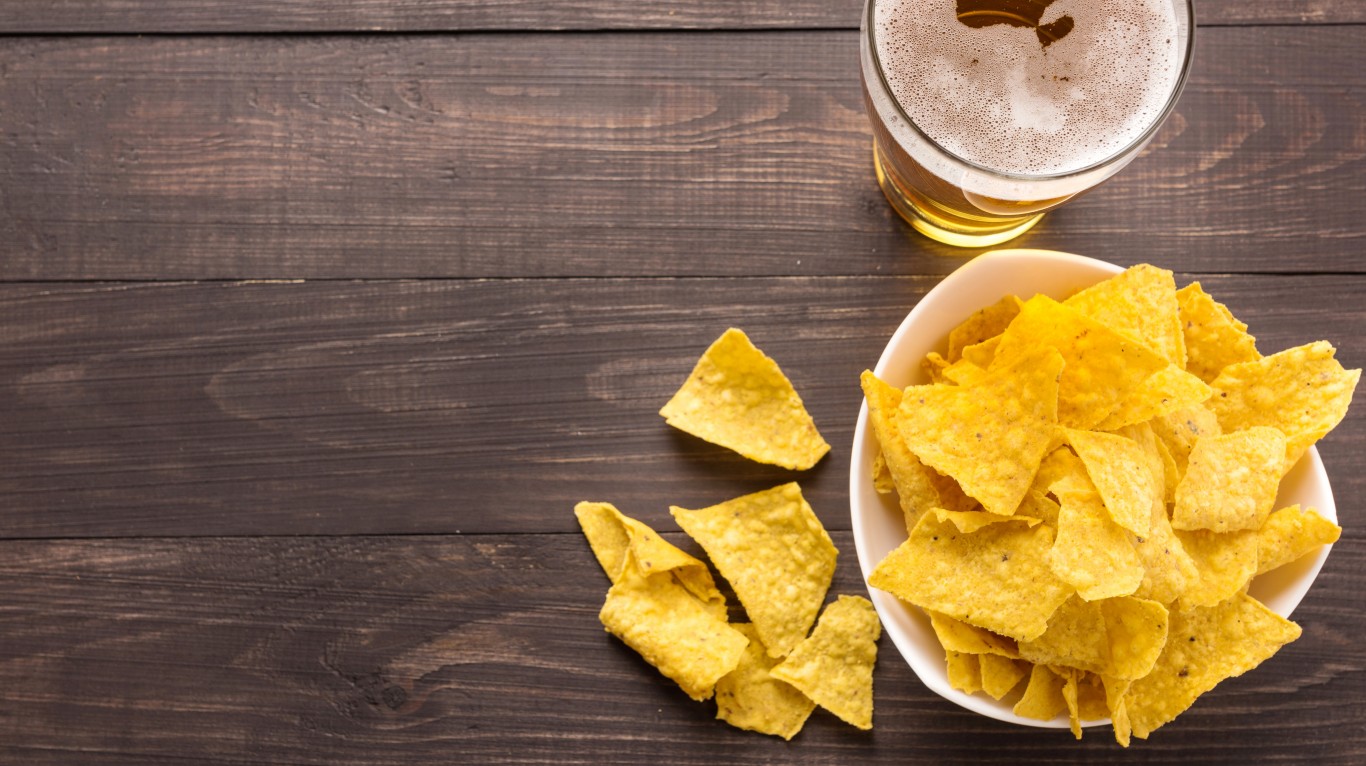
10. Shared snacks will disappear
Even before the pandemic, health experts warned that bar snacks could be contaminated. Now the danger is much greater, and it’s highly unlikely that you’ll find serve-yourself bowls of peanuts, pretzels, snack mix, or popcorn on the bar in the future.
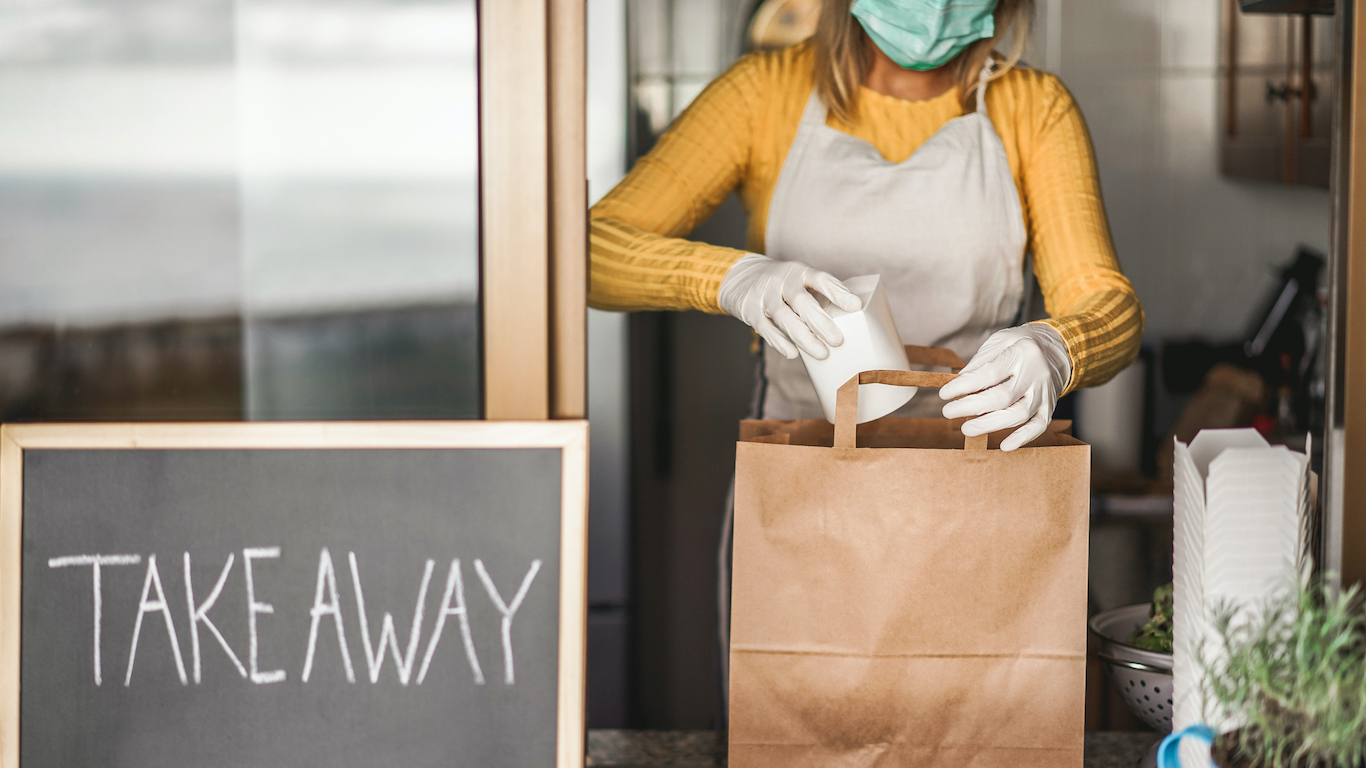
11. Takeout and delivery will continue
When bars and restaurants were shut down across the nation, some were able to stay open at least partially by offering takeout and delivery. In some 32 states plus the District of Columbia, they were allowed to do something that had previously been forbidden — sell alcohol to go, along with the food. About two-thirds of those jurisdictions also permitted the sale of premade cocktails to go — a tremendous boon to bars especially, since their customers might be more likely to order mixed drinks than bottles of wine or the six-packs of beer they could probably find at the supermarket. There are now numerous movements afoot to change liquor laws permanently, to allow off-premise sales even after the pandemic has subsided.
[in-text-ad]

12. They’ll serve more food
Most places that have granted permission to bars to sell cocktails and other alcoholic beverages to go require that they can only be sold along with food of some kind. Some bar owners interpret this to mean a bag of potato chips or pretzels, and that’s legal in some places. Other jurisdictions impose minimum food requirements that might include (as in New York State) “soups, sandwiches, and the like.” If they want to continue selling takeout drinks, in other words, at least some bars may have to up their food game.
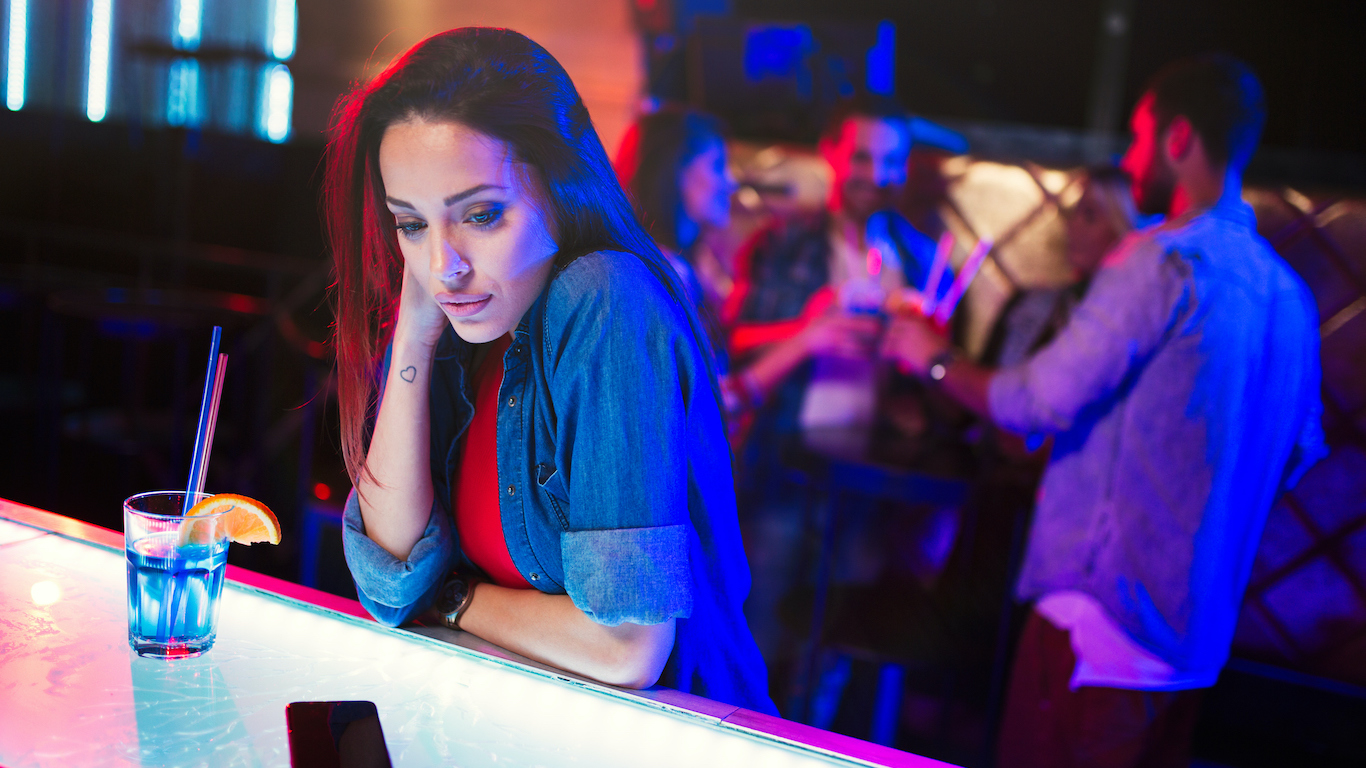
13. They just won’t be as much fun
Diners generally don’t like to be crowded when they eat, so restaurant tables spaced six feet apart will likely be welcomed by most. Bars, on the other hand, thrive on mingling, and invite group celebrations. Crowded bars are buzzy and exciting; empty bars are sad. Jam-packed establishments with everybody having a good time are probably a thing of the past, however. As Chicago Tribune columnist Steve Chapman wrote recently, safety measures put into place at restaurants and taverns “may be tolerable, but people don’t generally go out in hopes of having a tolerable time.”
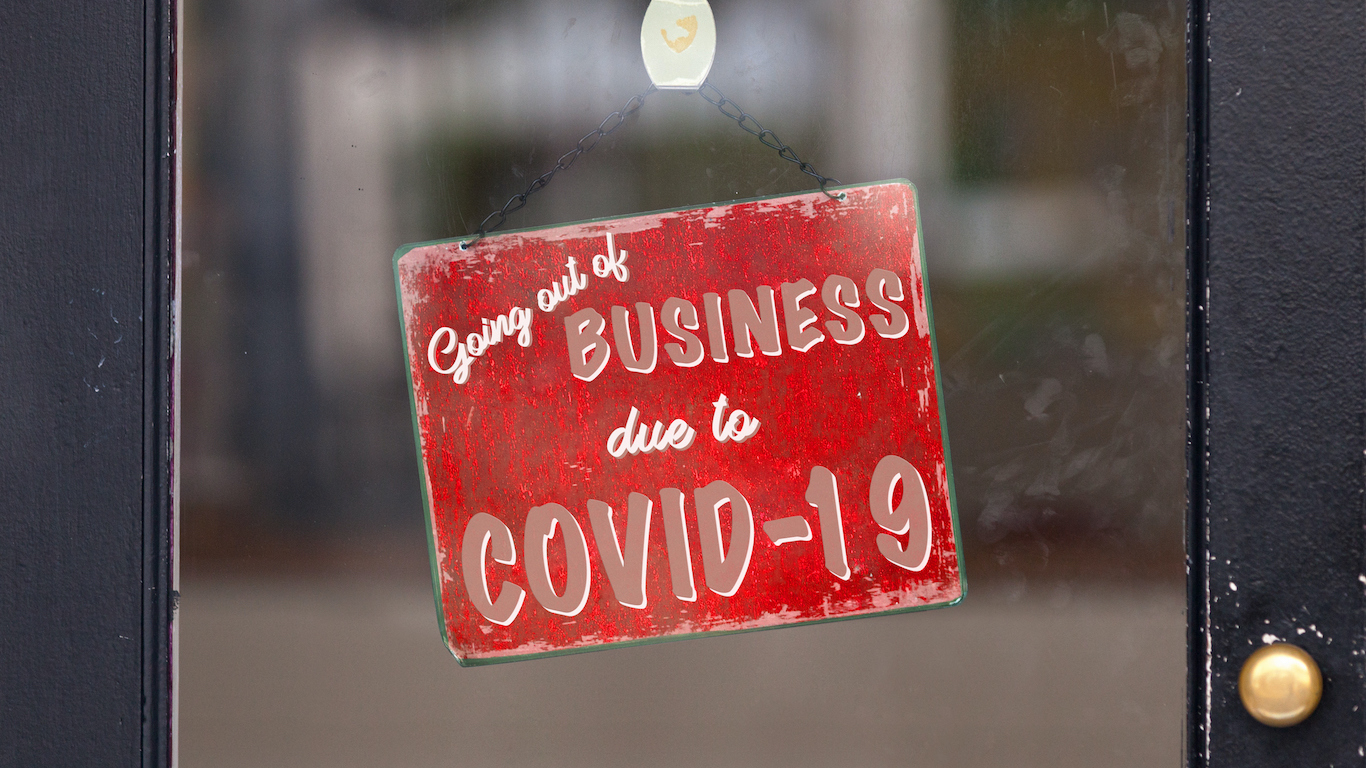
14. Some might simply cease to exist
While the permanent pandemic-related demise of iconic restaurants around the country has been widely reported, less has been said about bars that won’t reopen. Nonetheless, some famous watering holes have called it quits, among them the baseball-themed sports bar and Irish pub Foley’s and the craft cocktail mecca Pegu Club, both in New York City; three popular Johnny White’s bars on Bourbon Street in New Orleans; and San Francisco’s oldest gay bar, The Stud, opened in 1966. Given the fact that bars are less well suited to social distancing than restaurants, and that restaurants are shutting down permanently right and left, it seems likely that many, many more bars will give up the ghost as well.
Start by taking a quick retirement quiz from SmartAsset that will match you with up to 3 financial advisors that serve your area and beyond in 5 minutes, or less.
Each advisor has been vetted by SmartAsset and is held to a fiduciary standard to act in your best interests.
Here’s how it works:
1. Answer SmartAsset advisor match quiz
2. Review your pre-screened matches at your leisure. Check out the advisors’ profiles.
3. Speak with advisors at no cost to you. Have an introductory call on the phone or introduction in person and choose whom to work with in the future
Thank you for reading! Have some feedback for us?
Contact the 24/7 Wall St. editorial team.